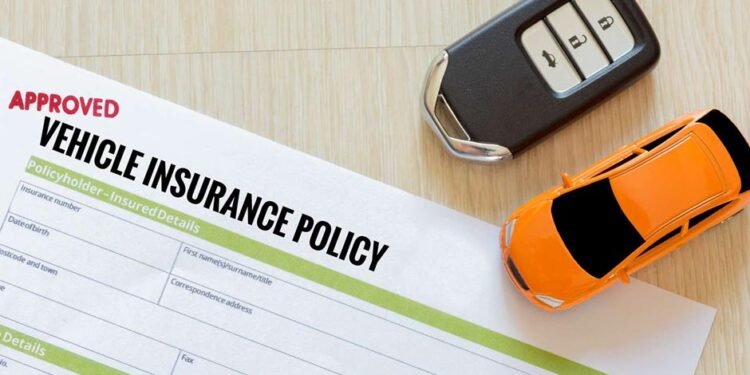Driving on the open road with the breeze in your hair feels amazing. However, it’s important to know that owning a car comes with responsibilities, and one of the big ones is having car insurance. Car insurance helps you out financially if you’re in an accident, saving you from huge expenses.
Car insurance does two main things: first, it meets the legal requirements set by your state, and second, it gives you choices for how much coverage you want to protect your finances according to what you need.
Understanding Legal Requirements
In the United States, every state has certain rules about the minimum amount of car insurance drivers need. These rules usually focus on liability coverage, which helps if you’re responsible for a car accident. Liability coverage has two main parts:
- Bodily Injury Liability: This part pays for medical bills for people hurt in an accident you caused. It’s often shown as two numbers, like $15,000/$30,000. The first number is the most the insurance will pay for one person’s injuries. The second is the most it’ll pay for everyone hurt in the accident, no matter how many.
- Property Damage Liability: This helps pay for fixing things you damage in an accident, like another car or a fence. Your state sets the minimum amount you need for this.
For example, let’s look at California. The lowest insurance you can have there is $15,000/$30,000 for Bodily Injury Liability and $5,000 for Property Damage Liability. But it’s important to know that these minimums might not cover everything.
Medical bills, especially for serious injuries, can cost way more than these limits, leaving you with the rest of the bill. Keep in mind that these are examples and if you were in a real accident, using an experienced car accident lawyer would be beneficial to calculate the expenses as insurance companies may try to acquire more money.
Exploring Coverage Options
While having the minimum liability insurance keeps you on the right side of the law, it’s smart to think about getting more coverage for extra protection. Here’s a breakdown of some common types of car insurance:
- Collision Coverage: This pays for fixing your car if it’s damaged in a crash, no matter who caused it.
- Comprehensive Coverage: This covers more than just crashes. It helps if your car gets stolen, vandalized, damaged by weather (like hail or falling objects), or if you hit an animal.
- Uninsured/Underinsured Motorist Coverage (UM/UIM): This helps you out if the person who causes the crash doesn’t have insurance (uninsured) or doesn’t have enough (underinsured) to pay for your bills. It can cover things like medical costs, lost wages, and fixing your car.
- Extra Coverage Options: Lots of insurance companies offer extra stuff you can add on to your policy. This might include things like paying for medical bills for you and your passengers (even if it’s not your fault), roadside help (like towing or changing a flat tire), or covering the cost of a rental car while yours is getting fixed after a crash.
Choosing the Right Coverage for You
Once you know about the different types of coverage, the next step is picking the right ones for you. Here are some things to think about:
- Value of Your Car: If you have a newer or more expensive car, it’s usually a good idea to get comprehensive and collision coverage. This helps make sure you’re financially covered if your car gets damaged or stolen.
- Your Driving Habits: If you drive a lot or often drive in busy areas, you might want to consider getting more liability coverage and extra things like UM/UIM.
- Your Comfort with Risk: How okay are you with having to pay for stuff if there’s an accident? If you’d rather not take that risk, getting more coverage can help you feel better about it.
- Your Budget: The cost of car insurance changes depending on what you pick, your driving history, how old you are, where you live, and other stuff. It’s important to find a balance between having enough coverage and being able to afford it.
While this article gives you a basic idea of car insurance, it’s important to know that everyone’s needs are different. A trained insurance agent can look at your situation, talk about the different coverage choices in depth, and help you pick the right mix that meets the legal rules and fits your money situation and how much risk you’re comfortable with. Don’t be shy about asking questions to make sure you understand everything clearly.












